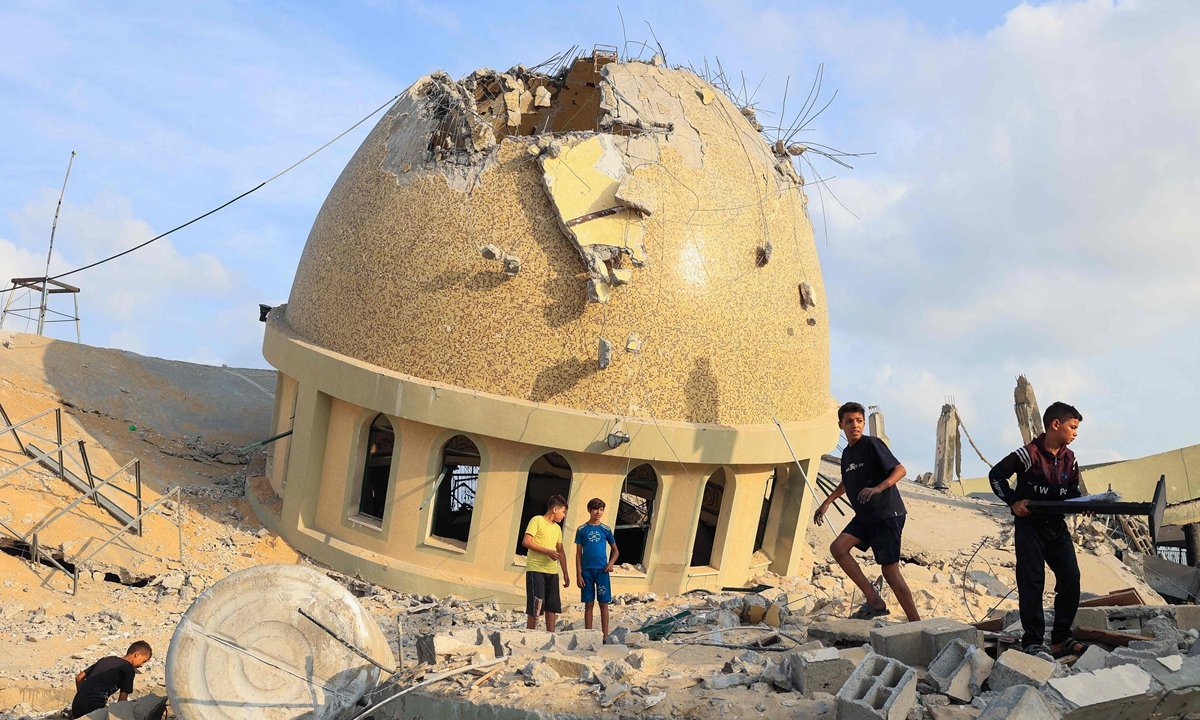The recent escalation in tensions between Israel and Hamas, which started on October 7, has had devastating consequences for both sides. The sudden onset of large-scale attacks has resulted in the tragic loss of over 1,100 lives, drawing the anxious eyes of the international community to the Middle East.
Responding swiftly to the situation, China’s Ministry of Foreign Affairs released a statement expressing their deep concern over the escalating violence. They urged all involved parties to prioritize restraint and peace, advocating for an immediate end to hostilities to safeguard civilians and prevent any further destabilization in the region.
As the world grapples with the human cost of this conflict, there’s a shared sentiment of empathy and support from global citizens. Numerous Chinese social media users, for example, have voiced their sympathies for the people living under the shadow of this unrest, calling for a peaceful resolution. Moreover, there’s growing anxiety regarding the potential destruction of irreplaceable cultural heritage sites, reminiscent of past conflicts in regions like Syria. The latter experienced a heartbreaking loss of numerous ancient monuments, with many of its UNESCO World Heritage sites, including the renowned Palmyra, sustaining severe damages.
The areas affected by the ongoing conflict between Hamas and Israel are significant not just politically, but historically. This region, often referred to as the cradle of civilizations, has borne witness to a multitude of the world’s earliest cultures. The land is punctuated with remnants of ancient Canaanite cities, Roman ruins, Byzantine churches, and Islamic mosques. Each artifact, each monument, narrates a unique chapter of ancient history. Disturbingly, recent images from the region depict several mosques and other structures reduced to rubble amid the ongoing skirmishes.
Historians and archaeologists globally are deeply troubled by the prospective loss of these unparalleled sites. Their concerns are not unwarranted. In previous conflicts, invaluable sites like the Saint Hilarion Monastery, one of the Middle East’s oldest and most expansive monasteries, and the impressive Byzantine Church at Jabaliyah have been adversely affected. The latter, in particular, bore the brunt of airstrikes, and its intricate mosaic pavements were tarnished by the movement of heavy military equipment. With the current hostilities, these sites face an uncertain and perilous future.
Such cultural heritage sites are treasures not just for the people native to the region but for the entire world. Their existence offers invaluable insights into the tapestry of human civilization, bridging the past to the present. The potential loss or damage to these monuments is more than just an architectural tragedy. It signifies the erasure of stories, histories, and identities that have shaped the world we live in today. As the conflict rages on, there’s a collective hope that peace can be achieved soon, not just for the sake of human lives but also to preserve the rich tapestry of our shared global history.
READ MORE:
